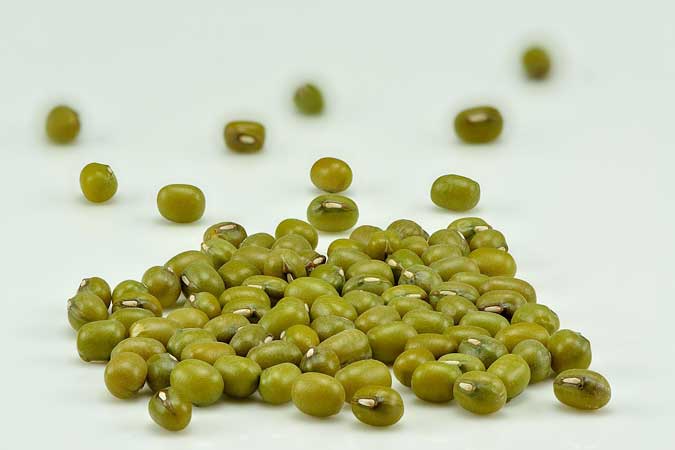Region II crops like mung beans evaluated for export potential

CROPS from Cagayan Valley (Region II) are being evaluated for export potential to East Asian markets, the Department of Trade and Industry (DTI) and the Philippine Trade and Investment Center (PTIC) said.
Kenneth T. Yap, a Tokyo-based PTIC commercial attache, said at a recent DTI webinar that mung bean is showing potential for export even by small farming operations.
“You don’t have to be a very big farmer to export mung bean. We just need to consolidate what we have in the region,” Mr. Yap said.
Jose I.C. Laquian, the agriculture attache at the Tokyo embassy, said that non-traditional channels are also being explored in Japan, such as vending machines, which have the potential to sell tropical fruit.
“If we could go on creating a niche market, say for Region II bananas, I’m sure we have a ready story to tell from Region II and that would make a lot of difference,” Mr. Laquian said.
According to Carol Pasion, the Department of Agriculture’s Region II specialist, the region is the leading producer of corn and is second in the production of palay, or unmilled rice.
“More than a third of Cagayan Valley region’s land area is dedicated to agricultural production. Bananas, pineapples, mung beans, purple yam, and citrus are among the region’s high-value crops that provide high net returns per hectare of land,” Ms. Pasion said.
Roberto B. Mabalot, Jr., PTIC-Hong Kong Vice Consul-Commercial, said Hong Kong can be tapped for fruit exports. Hong Kong imported $3.65 billion worth of fresh fruit in 2019.
“Cherries, grapes, and oranges are the top three fresh fruit imports. Durian is number four. We really hope we can also bring in our durian to Mainland China and Hong Kong,” Mr. Mabalot said.
PTIC-Singapore OIC Rosa Katrina V. Banzon said exporters can start with supplying ingredients to Filipino food and beverage outlets in Singapore, which imports 90% of its agricultural products.
“There is opportunity for you not to directly export to Singapore but probably to go through these brands as an ingredient or component to their food that will be eventually exported to Singapore,” Ms. Banzon said.
The Philippine Statistics Authority data, the value of agricultural trade fell 7.1% to $18.78 billion in 2020. Agricultural exports fell 7.1% to $6.2 billion, while imports dropped 7.1% to $12.58 billion. — Revin Mikhael D. Ochave



